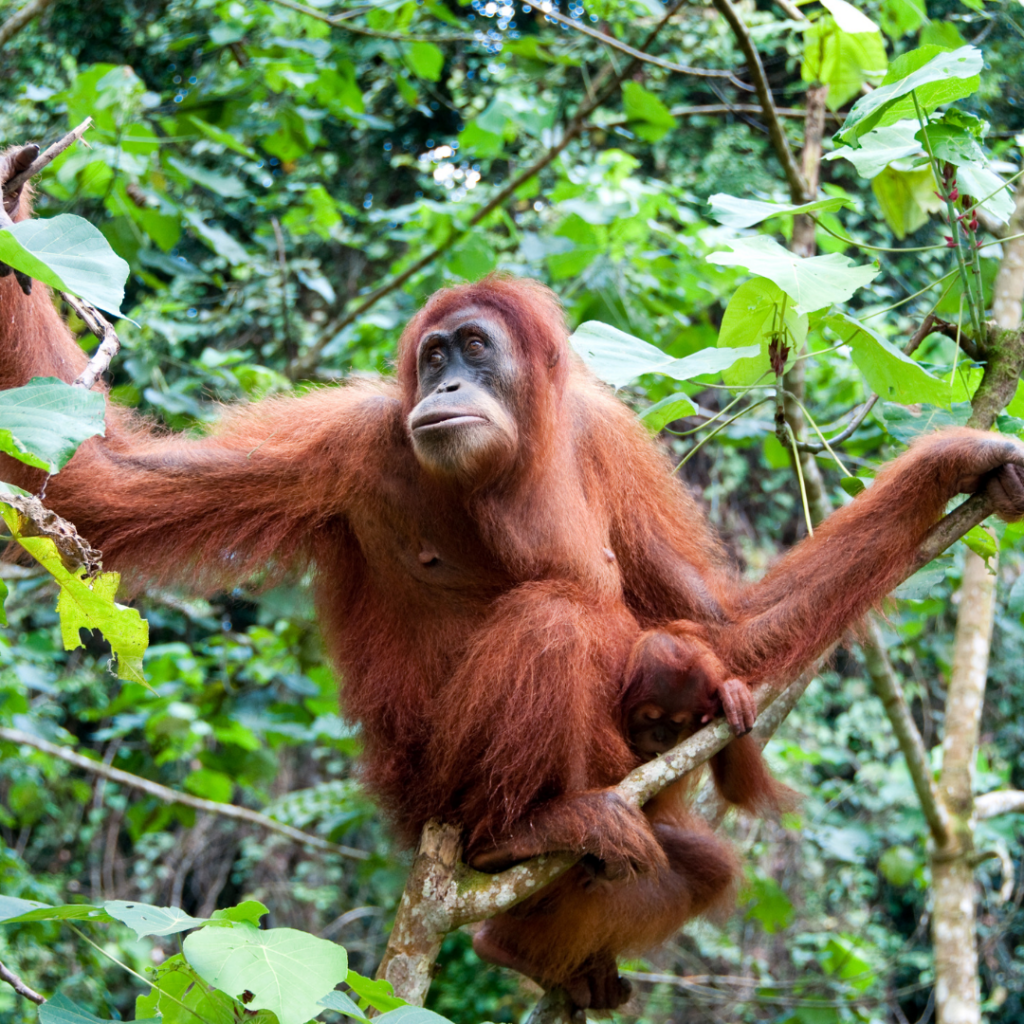We begin the new year on a hopeful note after hearing good news regarding the critical issues about which Friends of Animals cares most deeply: ending animal exploitation, preserving biodiversity and habitat, fighting deforestation and combatting climate change.
Below are some recent signs of progress on each of those key fronts to give us all something to cheer about—and to inspire us all to make 2023 a turning point in the battle to defend animals and the environment.
Choking off the puppy mill pipeline
On Dec. 15, New York Governor Kathy Hochul signed into law groundbreaking legislation that ends the retail sale of dogs, cats and rabbits in New York pet stores. Sponsored by Assemblymember Linda B. Rosenthal (D/WF-Manhattan) and Senate Deputy Majority Leader Michael Gianaris (D-Queens), the New York Puppy Mill Pipeline Bill will stop the cruel commercial breeding industry from supplying pet stores within state borders.
For decades, unscrupulous operators in rural states have made money by breeding dogs over and over in cruel conditions and selling huge numbers of puppies to pet stores. More than 4 million puppies are born in mills every year, and only about half of them survive their first 12 weeks, reports spots.com, which adds that 70% of puppy mills operate illegally. The USDA has failed at its job of regulating breeders and holding them accountable, so let’s hope other states will follow to choke off this exploitative trade. The NY law will continue to allow pet stores to host adoption services in conjunction with animal shelters or rescue organizations.
Big victory for native-plant gardeners
Homeowner associations are estimated to govern some 74 million people nationwide, and as such they control what happens on a huge swath of yards and landscape across the country. That’s why we were thrilled to hear of the court victory by the Maryland couple who challenged their HA, which had ordered them to rip out their native plant beds and replace them with grass.

Shortly after Janet and Jeff Crouch moved to Beech Creek, a clutch of homes in Columbia, Maryland, in 1999, they stopped using fertilizers and pesticides. Over the years, their lawn gave way to a lush native garden that provided sustenance to local and migratory butterflies, birds and bees—and drew the ire of conformist neighbors.
In 2017, according to The New York Times, the HA sent the Crouches a cease and desist letter. “If they didn’t change their yard back to a ‘neat, clean’ lawn, the lawyer for the association wrote, the Crouches could face fines or worse.”
The ensuing legal battle led to a Maryland law limiting homeowner association control over eco-friendly yards, the first in the U.S. That’s great news for gardeners around the country looking to transform the ecological dead zone of a grass lawn into needed habitat for pollinators and wildlife. With 40 million acres of the U.S. covered by lawns—three times as much as corn, the nation’s largest crop—transforming these “ecological dead zones” is key to preserving biodiversity and combatting climate change, argues author and biodiversity activist Douglas W. Tallamy.
Sustainable power is here to stay
Solar and wind power are on track to become the world’s largest source of electricity generation by 2025. Solar alone will outstrip natural gas by 2026 and coal by 2027. That’s the banner news warming the hearts, and homes, of climate activists worldwide. On Dec. 6, the International Energy Agency, release its latest annual report on renewables, which points to a massive leap from its expectation only a year ago.
The sudden surge in renewable energy is due to several factors, reports the Los Angeles Times. First, the invasion of Ukraine by Russia led to a spike in fossil-fuel energy prices, making investment in alternate energy source even more competitive around the world. Second, China, the world’s largest energy polluter, is expected to install “almost half of new global renewable power capacity over 2022-2027,” the IEA says. Third, the U.S. is committing $370 billion in coming years in support for clean energy projects and greenhouse gas reduction, courtesy of the Inflation Reduction Act, signed by President Biden on Aug. 16.
“Coal and gas are dying energy sources and renewables are the wave of the future,” writes Times columnist Michael Hiltzik, who adds that the Inflation Reduction Act’s provisions could cut greenhouse gas emissions up to 43% below 2005 levels by 2030, making the measure “the most significant federal climate and clean energy legislation in U.S. history.”
Brazil commits to ending Amazon deforestation
Luiz Inácio Lula da Silva pledged to end deforestation in Amazon by 2030 after winning Brazil’s presidential election on Oct. 2.
“Let’s fight for zero deforestation,” he said in his victory speech. “Brazil is ready to resume its leading role in the fight against the climate crisis, protecting all our biomes, especially the Amazon rainforest.”
Lula served as president from 2003 through 2010, a period when Brazil dramatically cut deforestation rates, so his pledge packs a punch, according to euronews.com. On Jan. 2, he replaced right-winger Jair Bolsonaro, who oversaw 70% increase in deforestation during his four-year term.

Brazil is home to one of the planet’s most significant stores of biodiversity. The Amazon rain forest, often described as “the lungs of the planet,” absorbs 2 billion tons of CO2 per year. Rampant clear-cutting and intentional fires—both done to create more pastureland for doomed cows and farms to grow soy to feed them—threaten to turn the forest into savannah, and the Amazon from a carbon sink to a source of new greenhouse gases.
“Brazil will fight for a living Amazon; a standing tree is worth more than thousands of logs,” said Lula. “That is why we will resume the surveillance of the entire Amazon and any illegal activity, and at the same time we will promote sustainable development.”
Florida city becomes first in the U.S. to pass electric carriage ordinance
In 2022, the Mount Dora City Council passed an electric carriage ordinance following a presentation by Brittany Poe and Brian Stilke, owners of the Olde Mount Dora Carriage Company.
The duo outlined their business plan for a transportation service using three custom-made, Victorian-style electric carriages. During the holidays, the tour company did brisk business with the Christmas Lighting Experience, which showcases the city’s famous holiday display of more than 2 million lights.
And the best part is this business model doesn’t not include exploiting horses.
Mount Dora may have started a trend with these carriages, as Stilke told Florida Today that he has been fielding questions from other municipalities eager to join the horseless bandwagon.
Now that gives us hope.

